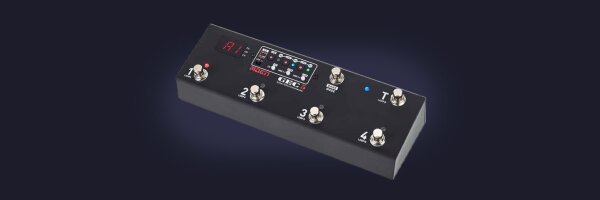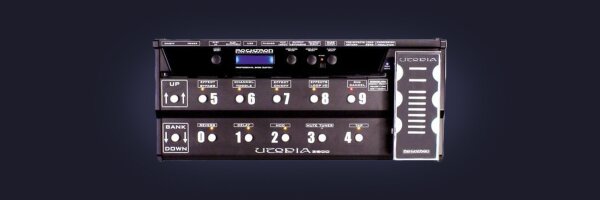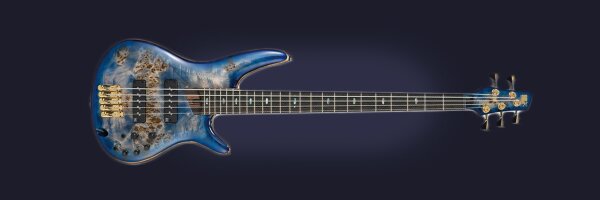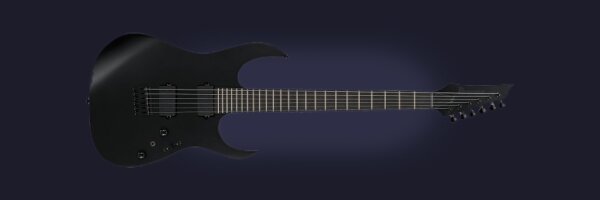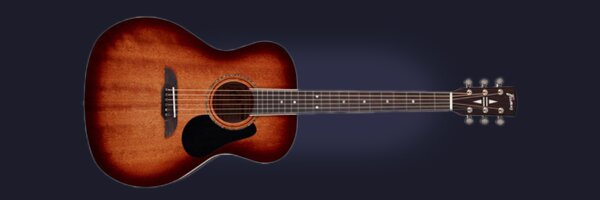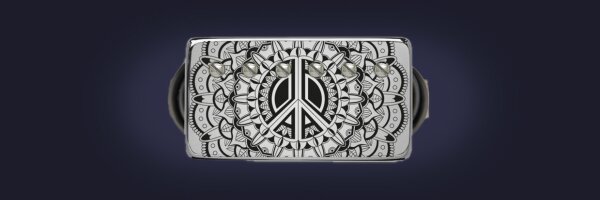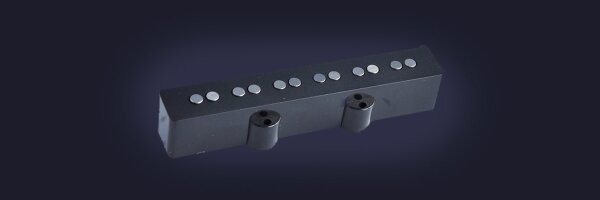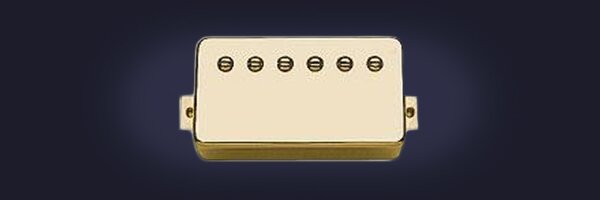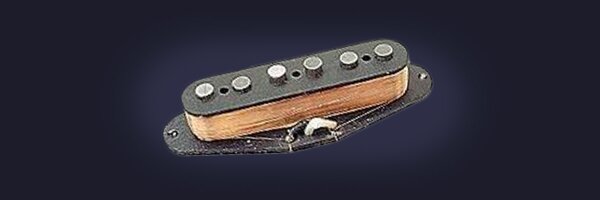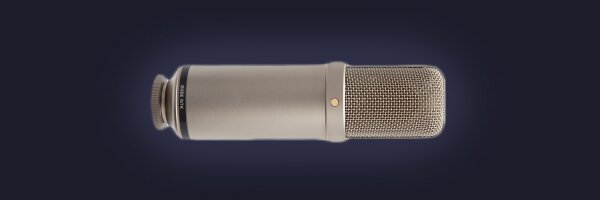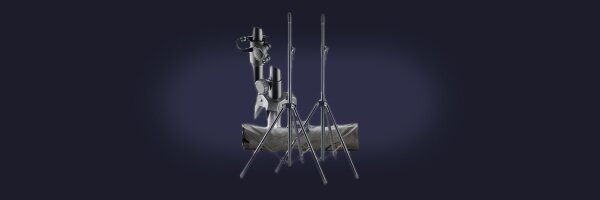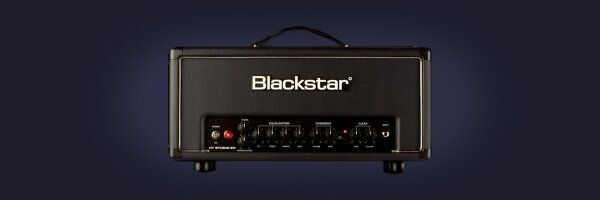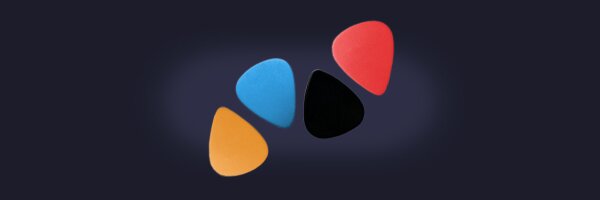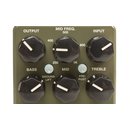Der MXR M-82 Bass Envelope Filter besticht durch seinen Klang und die allseits bekannte MXR Qualität.
MXR M-82 Bass Envelope Filter:
- Bass Effekt
- Analoger Envelope Filter
- True Bypass
- Regler: Dry, FX, Decay, Q und Sens
- Stromversorgung: 9 Volt Batterie oder Netzteil (optional)
The MXR M82 is an analog envelope filter
designed to preserve the instrument’s
natural character while adding a wah
effect to the signal. It boasts a sparkle-purple
finish, five knobs, and a true-bypass
footswitch. Overall, this pedal
feels quite sturdy, and it’s a bit smaller
than most stompboxes.
The M82 is powered by a
9-volt battery or an optional
power supply. Accessing the
battery requires removing the
bottom plate, which is less convenient
than a pop-out battery
box. Removing this plate, I found
a bright red circuit board filling
most of the box, with just enough
room to house the 9-volt cell.
The pedal’s five knobs are
grouped into two rows. On the
top row, the FX knob controls
the level of effect, while the
Dry knob sets the level of the
unprocessed original signal.
This is really important for bass,
because as the filter sweeps
upward, the note’s bottom end
drops away. The Dry knob lets
you keep the lows by blending
in straight bass tone.
The three knobs on the lower row—
Decay, Q, and Sensitivity—shape the
effect itself. Decay sets the floor frequency
for the wah effect. When a filter
sweeps upward on a note’s attack, it
then heads back down to where it started.
As you turn Decay clockwise, the less
downward sweep you hear. Conversely,
lower Decay settings cause deeper filter
plunges. Below noon, a note sweeps quite
low before the filter releases.
The M82’s manual explains that the Q
control adjusts the “intensity” of the effect,
but the control actually seems to influence
the width of the frequency sweep. At lower
Q settings, the filter sweeps a narrower
band of frequencies. At higher Q settings,
the filter covers a wider range.
The final control is Sensitivity. This knob
is key to achieving adequate quack.
Essentially, Sensitivity influences how easily
your note attack sweeps the filter. Raising
the sensitivity lets you trigger the wah
effect with a lighter attack. But if you play
hard or your bass has hot pickups, setting
the sensitivity too high can leave all your
notes at the high end of the filter’s sweep.
High Sensitivity settings also tend to
emphasize string noise more than I’d like.
Twirling the Knobs
The M82’s instruction pamphlet offers three
sample settings, and I immediately went for
“Bubble Funk,” which is described as “classic
’70s funk.” It’s that burpy, quacky sound
that makes you want to put on a paisley
polyester shirt with a big collar, turn on a
strobe light, and have a blast boogying!
The best part is that the M82 accomplishes
that funk sound in a way that sounds natural
instead of overprocessed. I liked the
initial sound, but I liked it even more when
I brought up the Decay a bit so it didn’t
sweep quite so low and backed off the
Sensitivity so it didn’t feel too compressed.
The other two sample settings—“Bottom
Dweller,” which served up mainly the note’s
fundamental, and “Gorilla Biscuit,” which
seemed a little too thin to hold up a bass
line— didn’t quite do it for me, but it I
found that subtle tweaking of both yielded
usable results with a lot of potential.
Setting the M82’s controls is like most
envelope filters I’ve played. It takes careful
experimenting to get the sound you’re
after, and it’s easy to miss and brew up an
unwanted sound. Because envelope filters
are touch sensitive and their response
varies by the strength of the instrument’s
output, adjusting the pedal is not a one-size-
fits-all proposition. But that’s the trade-off
for analog envelope filters in general.
Digital envelope filters typically have an
easier setup, but the resulting sound usually
isn’t quite as satisfying as with analog units
like the M82.
, ,

